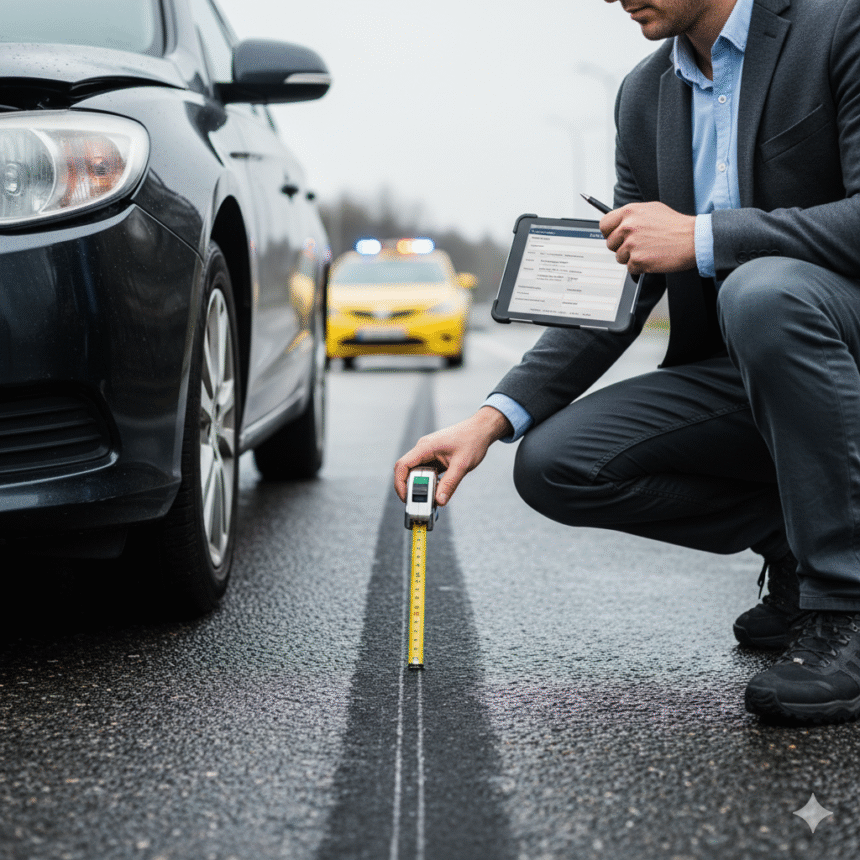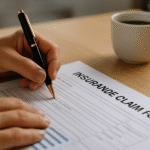After a car accident, your immediate concern is your safety, but the next step—filing a claim—can feel like navigating a maze built on suspicion. While the claims adjuster’s job is to process your claim fairly, their primary function is to investigate and confirm policy coverage while minimizing the insurer’s financial risk.
As a former claims adjuster, I’ve sat on the other side of the desk, and I can tell you exactly where they focus their scrutiny. Your primary keyword, claims adjuster motor accident, is highly competitive, so let’s dive deep into the specific details that make the difference between a swift, full settlement and a lengthy, stressful negotiation.
Understanding the Adjuster’s Mindset: The “Who, What, When, Where, and How”
An adjuster isn’t just looking at the photos of your dented fender; they are constructing a narrative. They are legally trained to identify potential red flags, from inconsistencies in witness statements to gaps in your documentation. Their entire assessment hinges on two things: establishing liability (who was at fault) and determining the quantum (the dollar value of the loss).
Here are the 7 critical areas a claims adjuster focuses on during the investigation phase:
1. The Immediate Timeline of Events (The “Gap” Analysis)
Adjusters scrutinize the time sequence between the accident, the police report, and the filing of the claim. A significant delay without a compelling explanation (e.g., hospitalization) is a red flag. They ask:
- When exactly did the accident occur?
- How quickly was the police report filed?
- How many days passed before you called us?
Pro Tip: Documenting the exact time and date of the crash is vital. If you waited, be ready to explain the delay with supporting evidence.
2. Consistent Narratives Across All Sources
The adjuster will cross-reference your version of events against three external sources: the police report, the recorded statement from the other driver, and any witness testimony. Inconsistencies—even minor ones—will be flagged as a potential credibility issue.
They look for mismatches in:
- The speed of travel.
- The color or type of the stop light/sign.
- The exact point of impact (crucial for liability).
3. The “Mechanism of Injury” (Connecting Crash to Injury)
Especially in bodily injury claims, the adjuster will assess whether the force of the collision (the mechanism) realistically supports the severity of the injury being claimed. This is known as “low impact soft tissue” analysis.
If you claim whiplash from a 5 MPH fender-bender, the adjuster will likely order a medical records review to establish if pre-existing conditions or other unrelated activities contributed to the diagnosis. They are looking for a clear, direct line from the incident to the injury.
4. Adequacy of Documentation (The Proof of Loss)
This ties directly to our keyword, claims adjuster motor accident. The adjuster operates on a “show me” philosophy. They need hard proof for every dollar claimed. This includes:
- Original repair estimates (ideally from preferred vendors).
- Photos/videos clearly showing the damage (and pre-damage condition if possible).
- Itemized medical bills, not just balance statements.
- Lost wage documentation (employer verification, tax returns, etc.).
5. Policy Limits and Exclusions (The Eligibility Check)
Before paying anything, the adjuster performs a deep check of your policy’s fine print. They are legally required to confirm eligibility. They look for:
- Named Exclusions: Was anyone driving who is explicitly excluded from the policy?
- Use Class Violation: Were you using your personal vehicle for commercial purposes (like ride-sharing or delivery) without the proper endorsement? This is an immediate red flag that can lead to a denial.
- Coverage Limits: Does the repair estimate exceed your policy’s maximum limit?
6. The Social Media Audit
Adjusters are legally permitted to review public social media profiles. If you claim a debilitating back injury that prevents you from working, but your Facebook feed shows photos of you waterskiing two weeks later, your credibility—and your claim—will be severely jeopardized. The internet creates a permanent record, and adjusters will use it to verify or dispute your stated limitations.
7. Negotiation History and Initial Demand
The adjuster tracks your negotiation strategy. If your initial demand is extremely high and lacks supporting documentation, they will assess you as an unreasonable claimant, which prolongs the settlement process. They prefer a claimant who provides a reasonable, evidence-backed demand—this signals you are serious about a fair resolution and not just seeking a lottery payout.
Final Takeaway: How to Build a Trustworthy Claim
Your goal is to make the adjuster’s job easy by providing a mountain of clear, consistent evidence. When dealing with a claims adjuster motor accident, remember they are procedural. Be truthful, be thorough, and provide documentation that is consistent across your police report, medical records, and personal statement. By anticipating their scrutiny, you move from being a skeptical claimant to a transparent, policy-compliant customer.
🔗 Build Your Trustworthiness:
This article is part of our comprehensive guide to Insurance Claims. For more insights on required documentation, see our next article: Understanding “Proof of Loss”: How to Document Your Damage to Avoid Claim Rejection.








